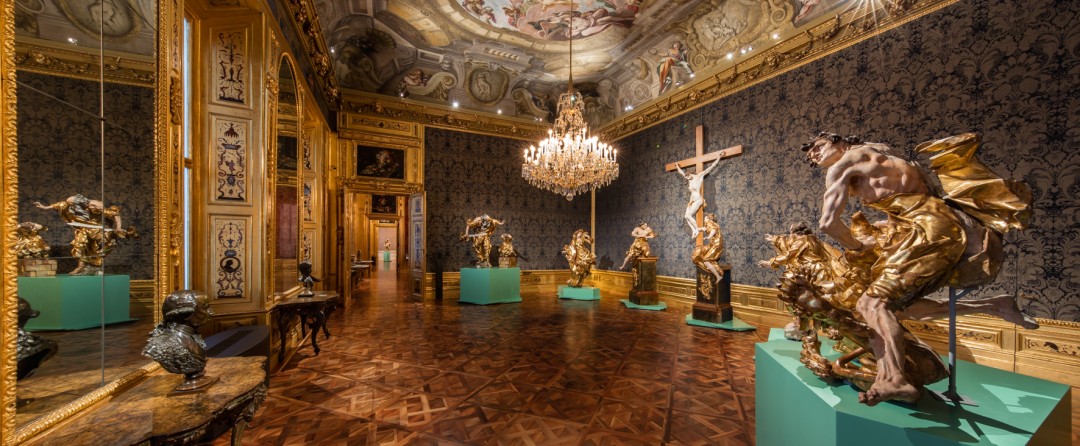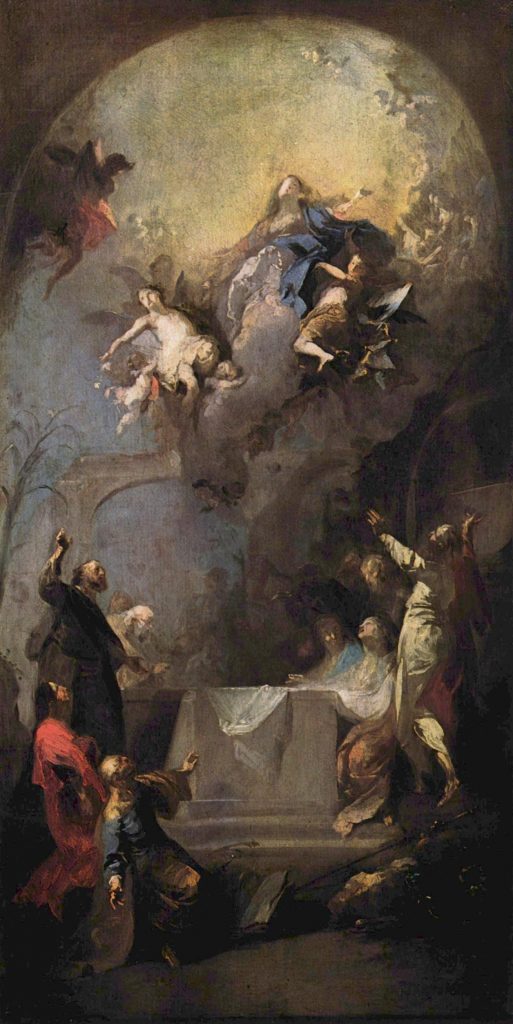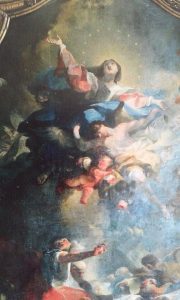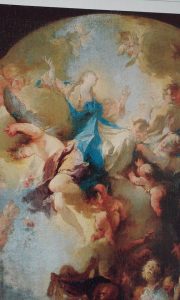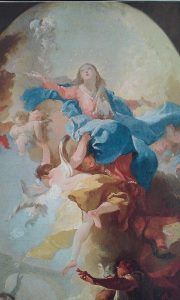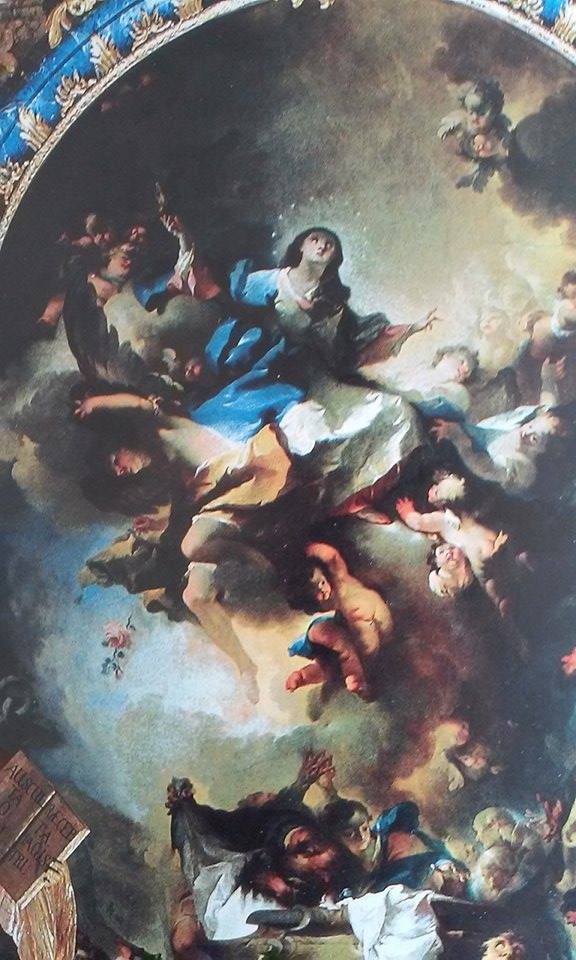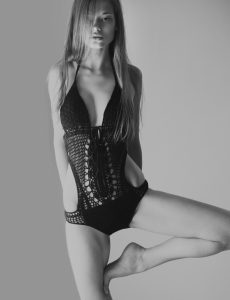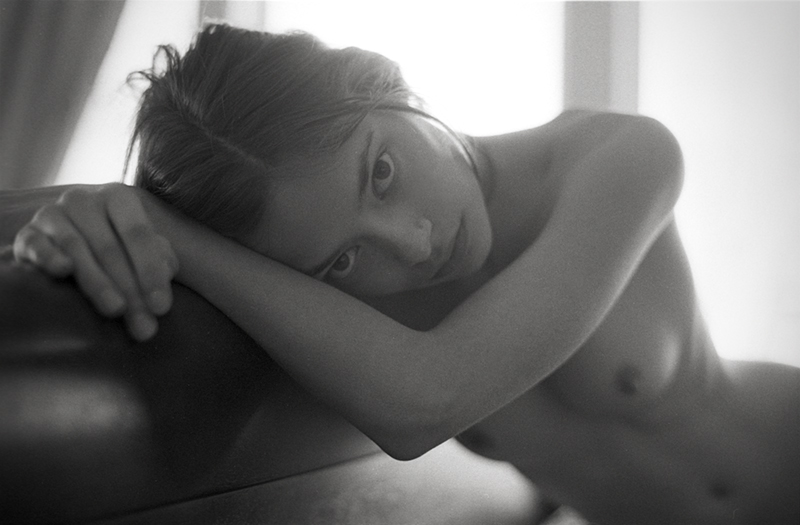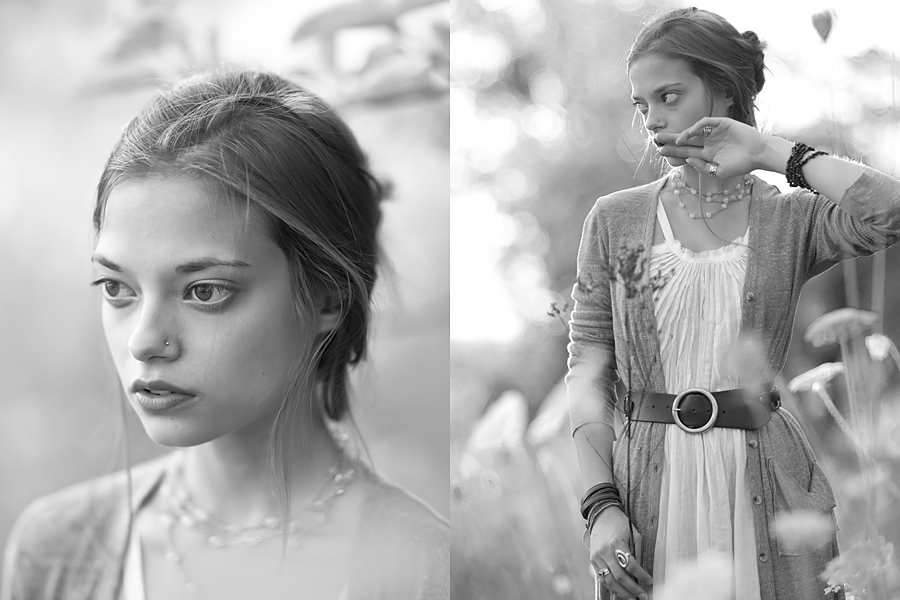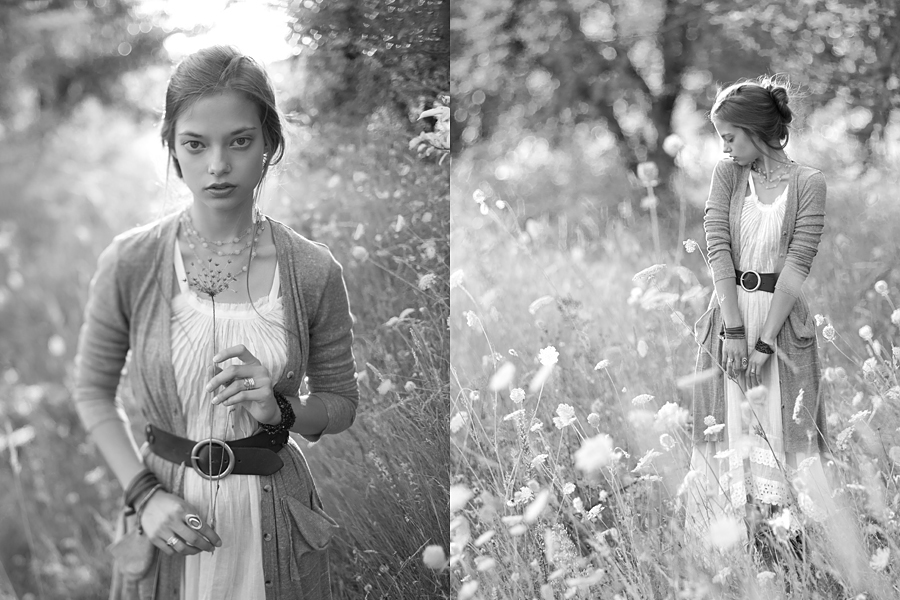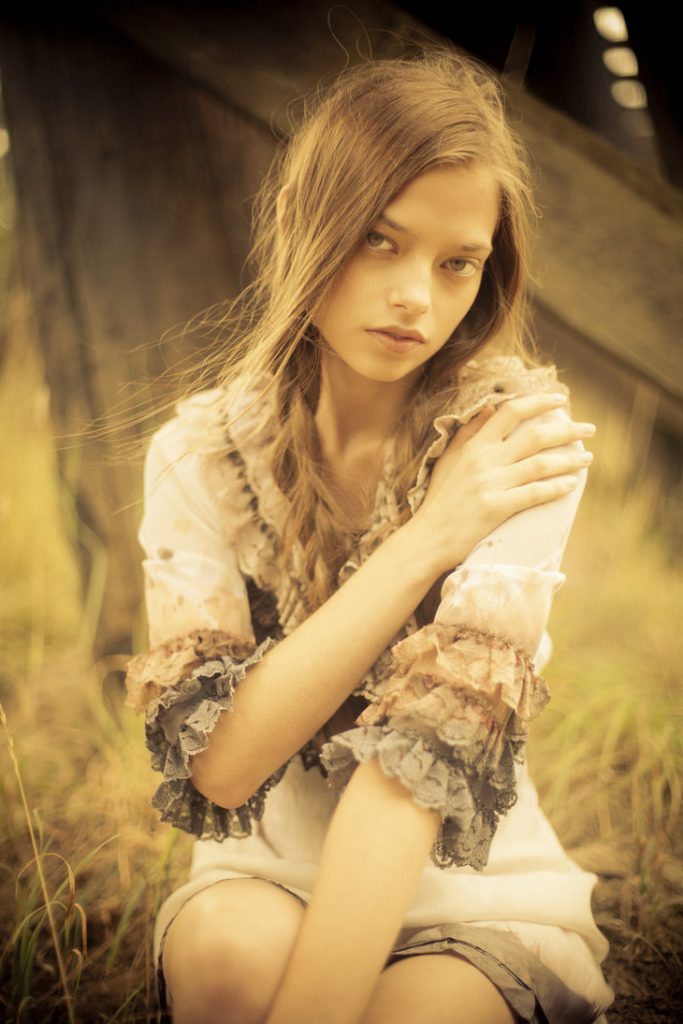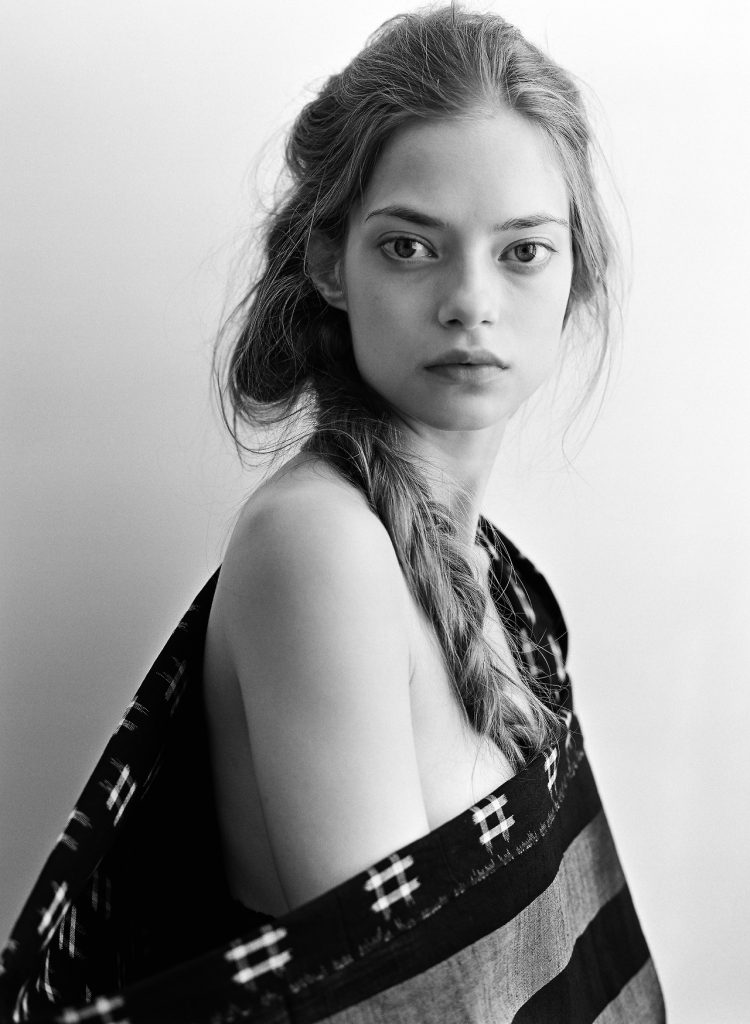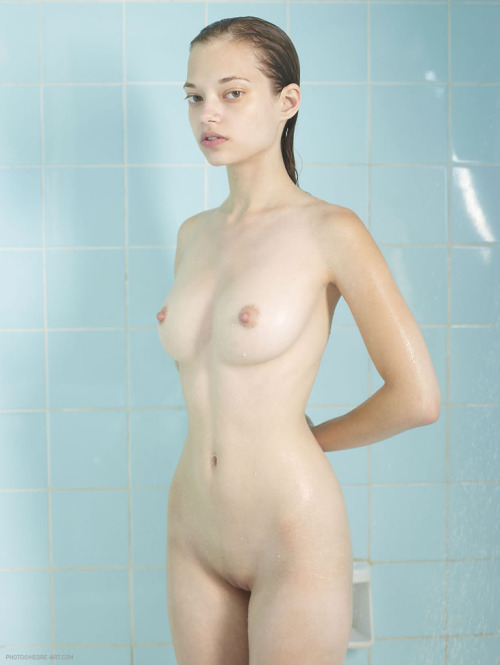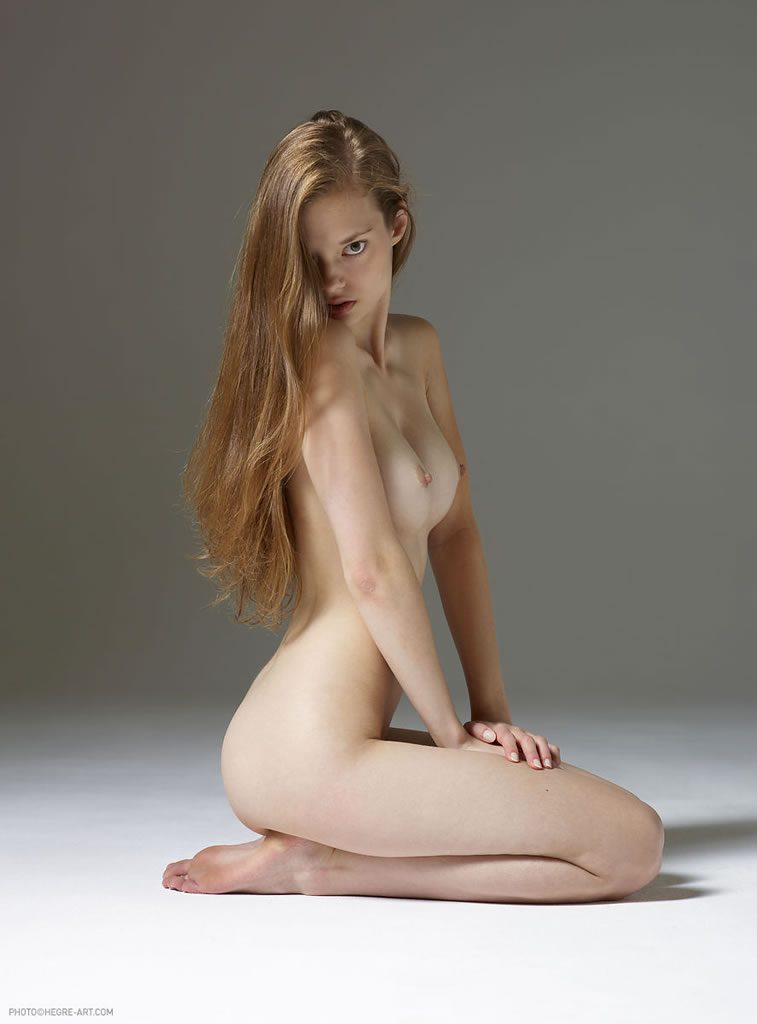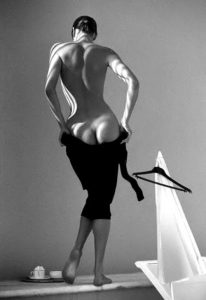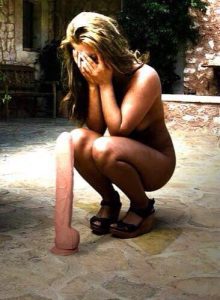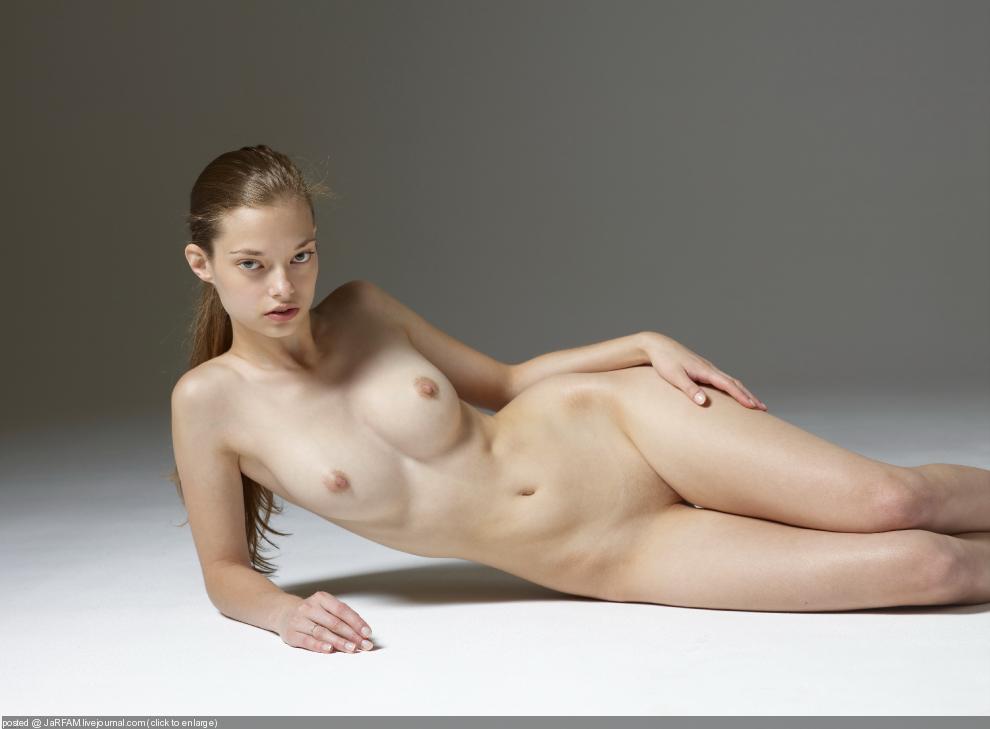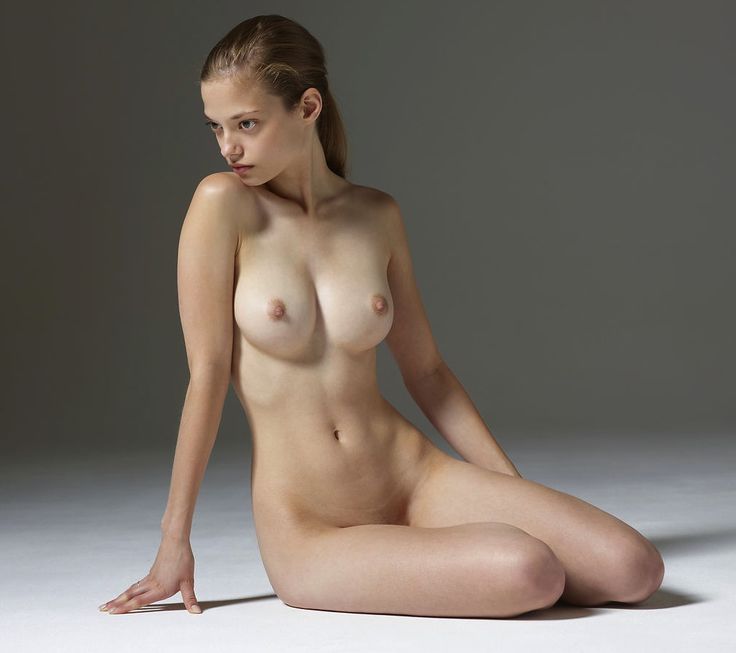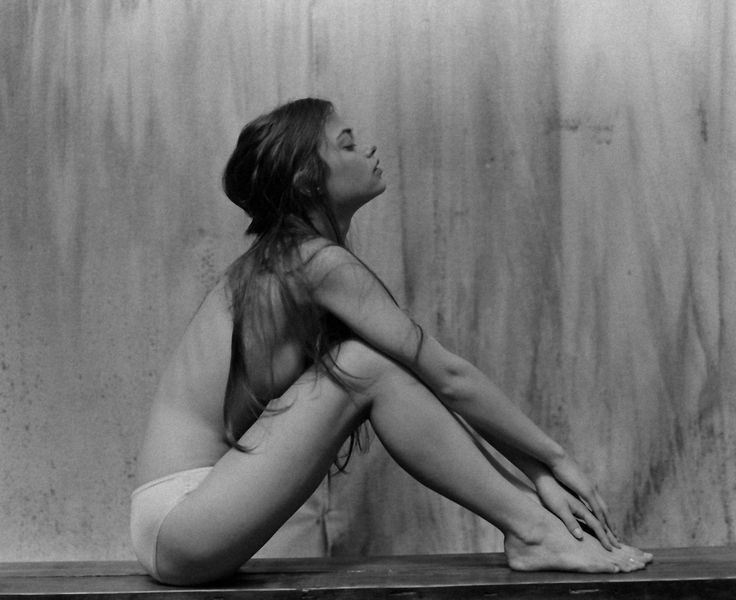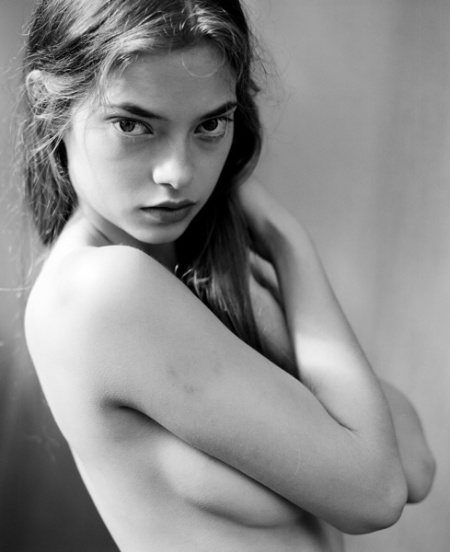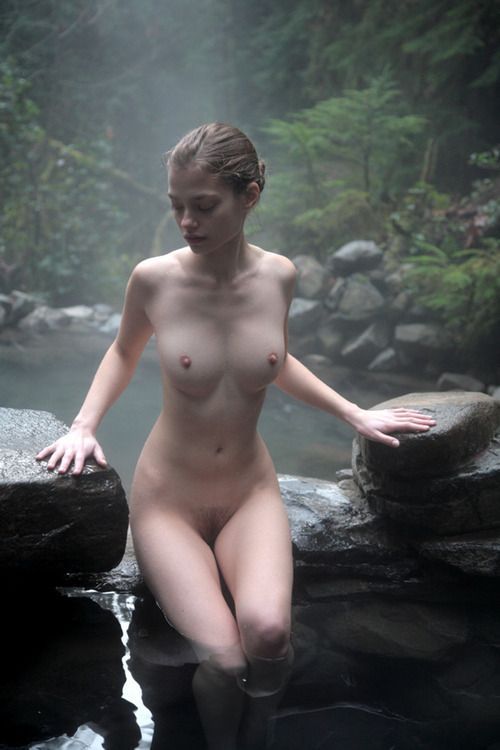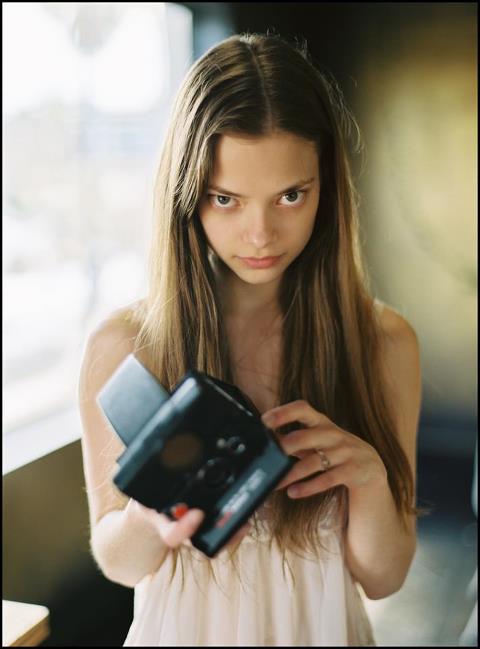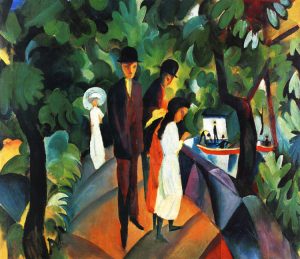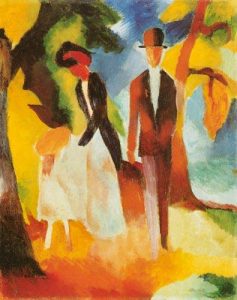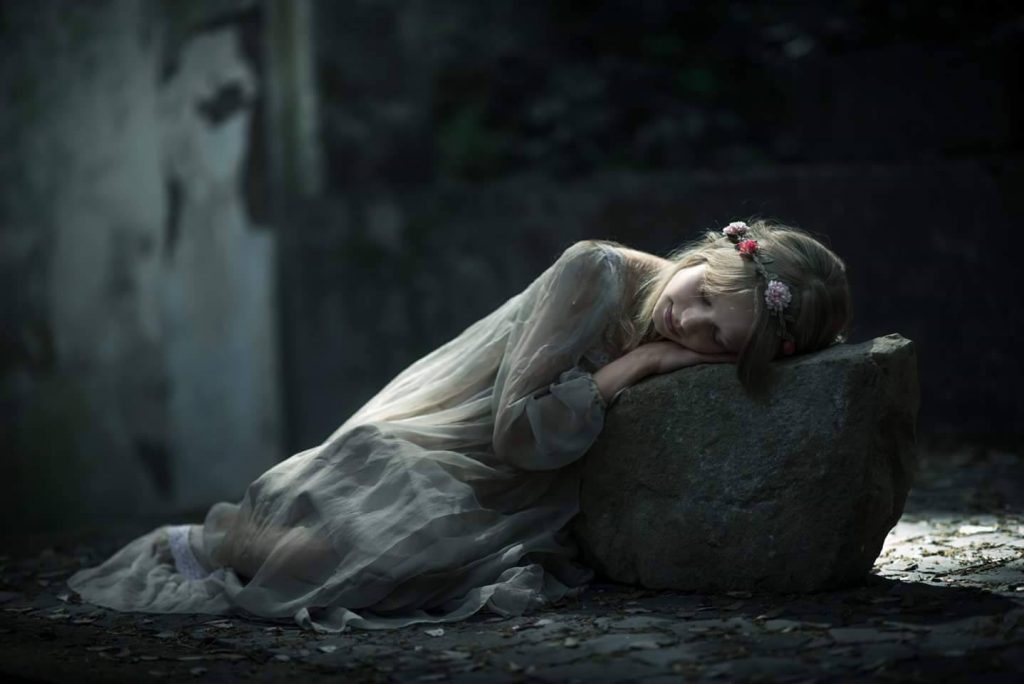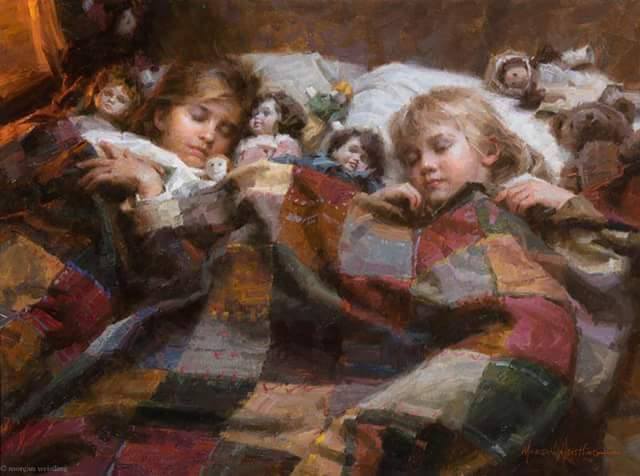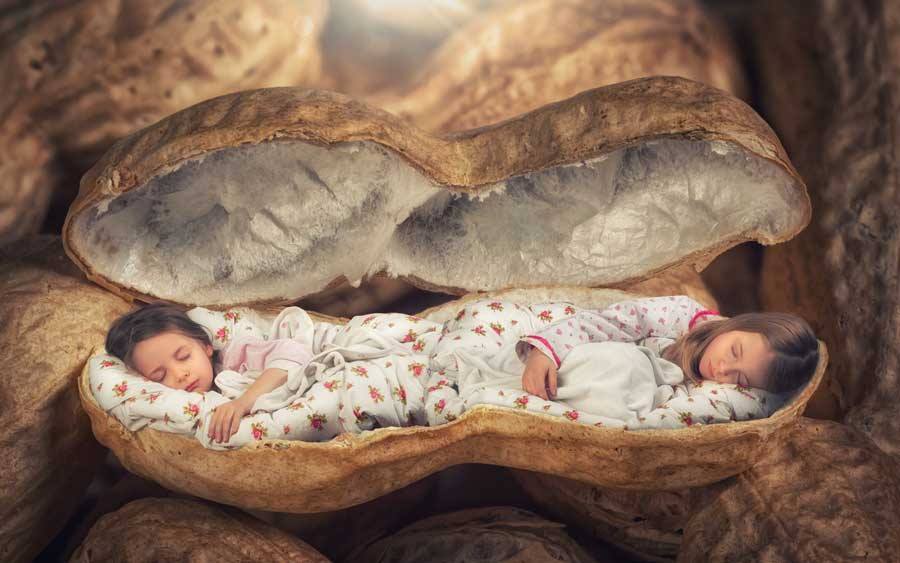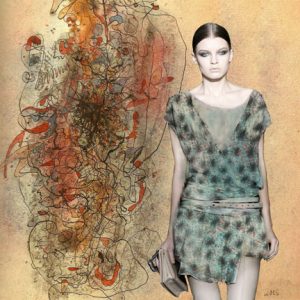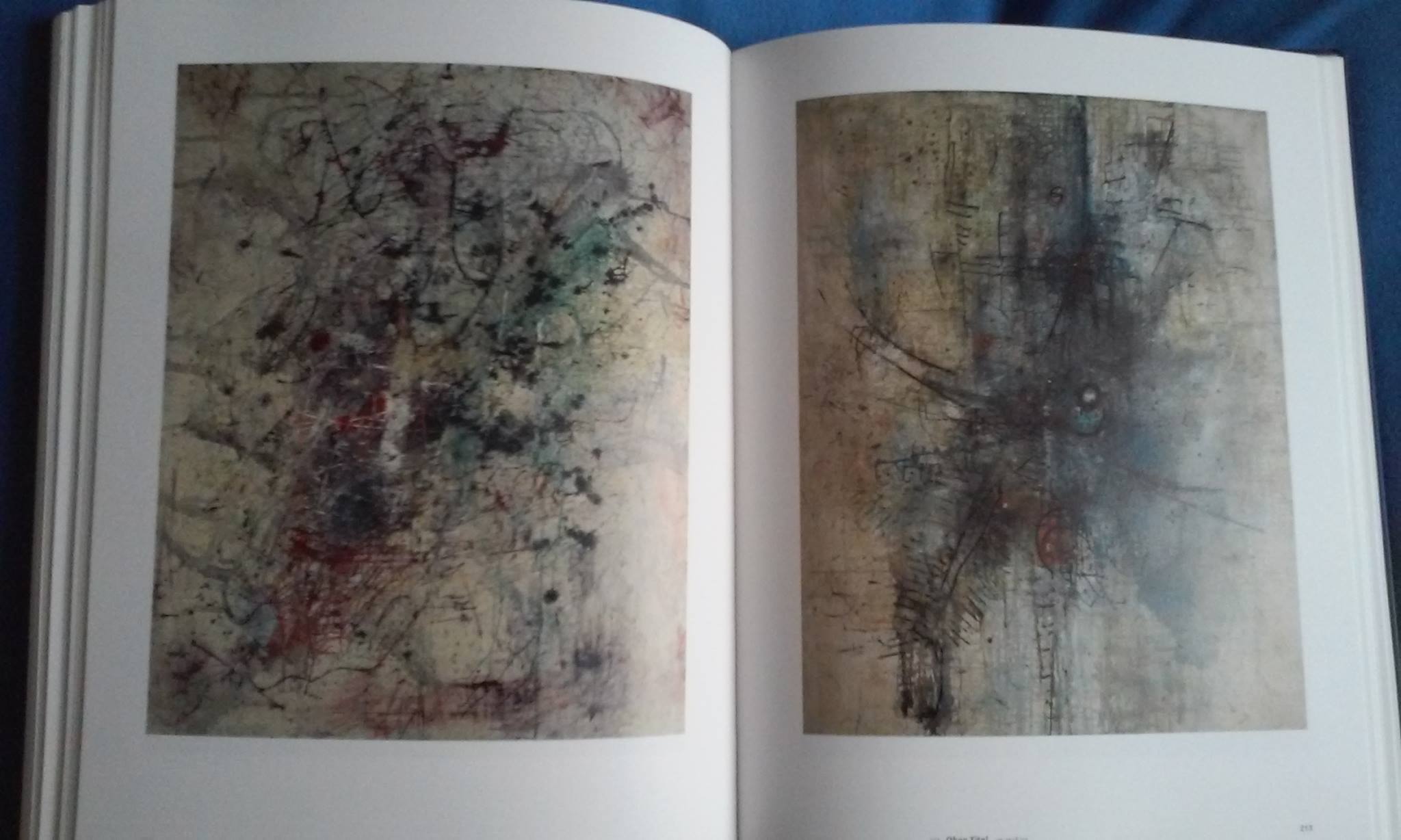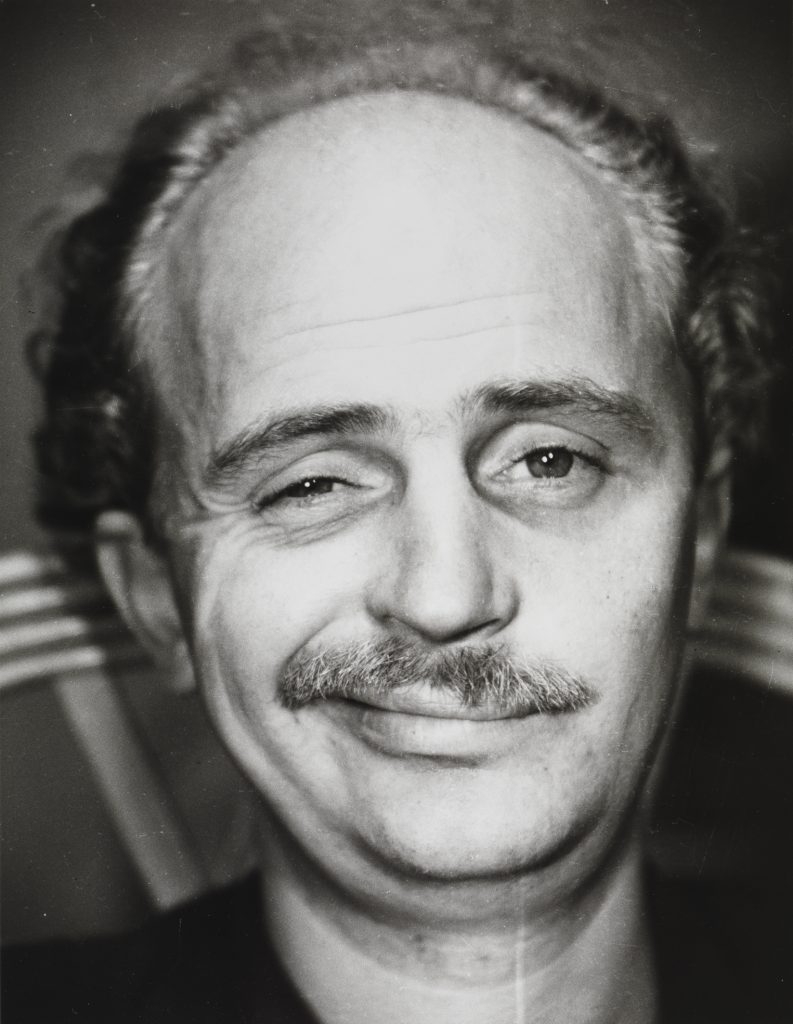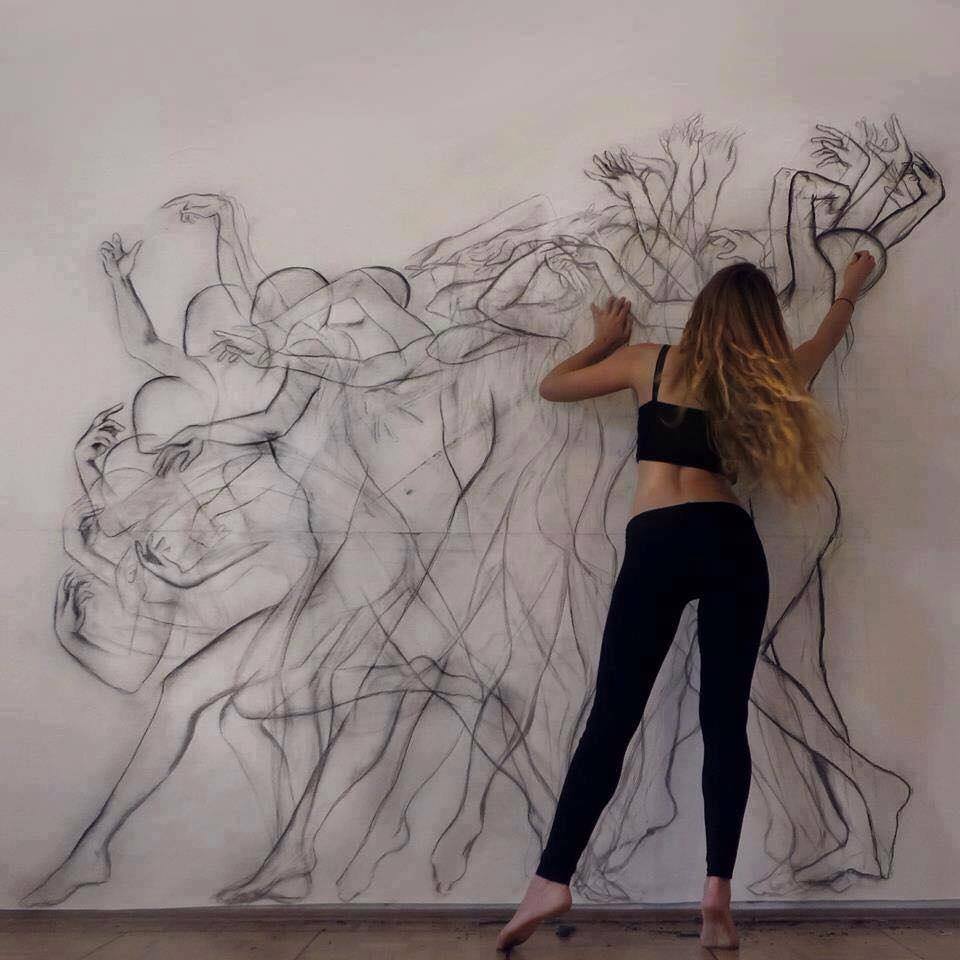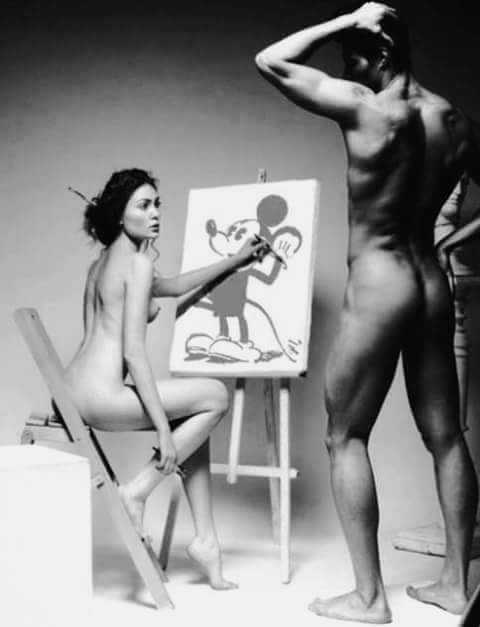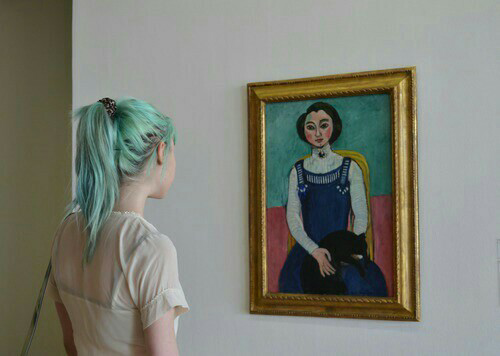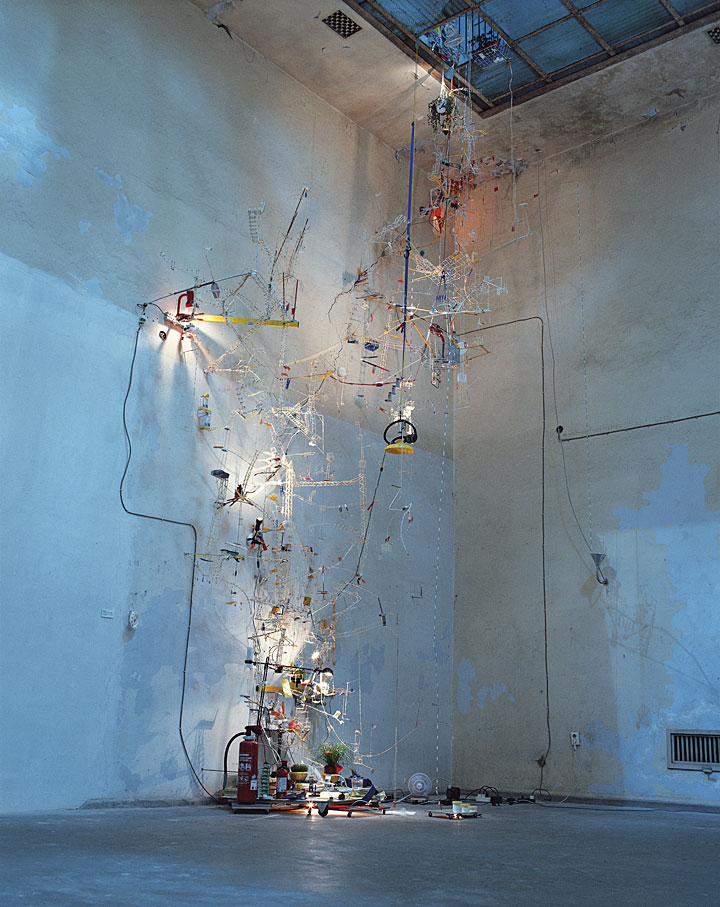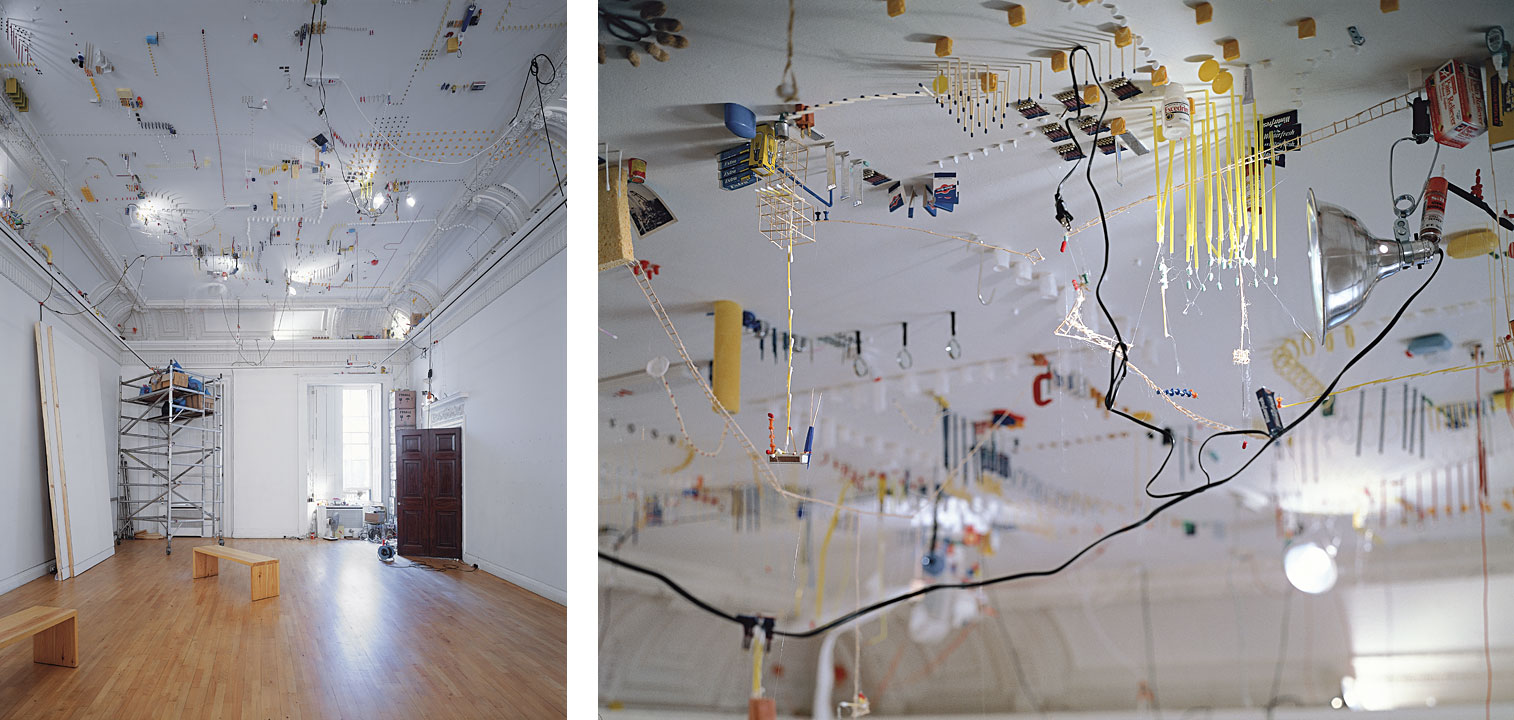(Dedicated to my friend and illustrator Raja Schwahn-Reichmann, who provided useful insights)
One of the most intriguing, phenomenal eras in human history, where the beasts were unleashed, was the Biedermeier era.

Historically, the Biedermeier epoch refers to the era in Central Europe between the end of the Napoleonic Wars and the European revolutions in 1848. Repression by the authority, embodied in the Austrian chancellor Metternich, was a chief characteristic, as well as tiredness from revolutionary upheavals in a period of increasing peace and prosperity, at least for the bourgeoisie. Biedermeier refers to an introversion into the private realm and trying to find prosperity, security and happiness in the private domain and due to simple virtues.
This translated into modes of human expression, and apart from the historical, political and sociological reference Biedermeier denotes artistic styles, although its historical demarcation is less clear. The heyday of Biedermeier art was the period between 1830 and 1860. At the moment we have an exhibition titled „Is that Biedermeier? Amerling, Waldmüller, And More“ at the Belvedere Palace in Vienna (from 21 October 2016 – 12 February 2017), indicating that, to a considerable degree, at the substance of that commonly insulted, derided period there is great, unexpected magic and glory.
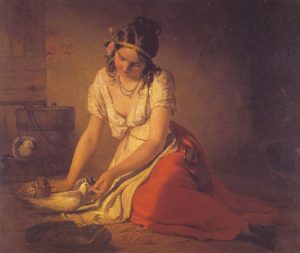 In general, what distinguishes Biedermeier from Classicism is its focus of attention on (romanticised) everyday scenes and people. Accuracy of painting was prevalent, it was a field of experimentation of realism, painting in the natural light, the anchoring of natural man, and his virtues, in nature and natural surroundings. Ideally, you have a love for things, for natural things, for small and humble things and a respect for an eternal metaphysical order of the world, a synthesis of content and idea, i.e. not a trivial naturalism but a metaphysical, sensually as well as intellectually tangible naturalism (expressed, for instance, by Adalbert Stifter). Whilst it is true that there are aspects about the period that are clearly annoying – as can be found for any period – the specific shedding of light on those aspects about existence are soothing, beneficial and therapeutic, and they should not be forgotten, they should be integrated in hearts and minds.
In general, what distinguishes Biedermeier from Classicism is its focus of attention on (romanticised) everyday scenes and people. Accuracy of painting was prevalent, it was a field of experimentation of realism, painting in the natural light, the anchoring of natural man, and his virtues, in nature and natural surroundings. Ideally, you have a love for things, for natural things, for small and humble things and a respect for an eternal metaphysical order of the world, a synthesis of content and idea, i.e. not a trivial naturalism but a metaphysical, sensually as well as intellectually tangible naturalism (expressed, for instance, by Adalbert Stifter). Whilst it is true that there are aspects about the period that are clearly annoying – as can be found for any period – the specific shedding of light on those aspects about existence are soothing, beneficial and therapeutic, and they should not be forgotten, they should be integrated in hearts and minds.
As you enter the exhibition you are likely to get spellbound, for instance, by Friedrich von Amerling´s gracious Lute Player (1838). Amerling was a master of portrait, in bringing to life the charme and the beauty of humans. In contrast to Ferdinand Georg Waldmüller, the other most prevalent painter of that period in the Hapsburg monarchy, who was more interested in capturing humans in a specific characteristic moment, Amerling´s primary endeavour was to display the entire charme of the individual or of physiognomy, with his portraits finally being the sum of his studies and his creative empathy for his models. Striking in his portrait of the lute playing girl are the colours and the display of the reflection of light (and while it is true that Amerling´s lute player is less idiosyncratic than Vermeer´s lute or guitar players her beauty is more balanced). Amerling´s Girl with Doves (1840) is equally gracious as the girl seems to be immersed in her own positive vibes, translating in universal empathy for the living creature.

 Get intrigued and into the undertow when investigating Rudolf von Alt´s portrait of Saint Stephen´s Cathedral (1832) due to its luminosity and the extreme finesse concerning detail so that you get eager to look at it through a magnifying glass; or of the extreme plasticity of the scene in the Harbour of Naples with Mount Vesuvius (1836) (especially the water and the white tail on the left), reminding us of (the luminosity) of materiality of the world itself (and, if you are lucky, of the secret, the silent magic of materiality).
Get intrigued and into the undertow when investigating Rudolf von Alt´s portrait of Saint Stephen´s Cathedral (1832) due to its luminosity and the extreme finesse concerning detail so that you get eager to look at it through a magnifying glass; or of the extreme plasticity of the scene in the Harbour of Naples with Mount Vesuvius (1836) (especially the water and the white tail on the left), reminding us of (the luminosity) of materiality of the world itself (and, if you are lucky, of the secret, the silent magic of materiality).
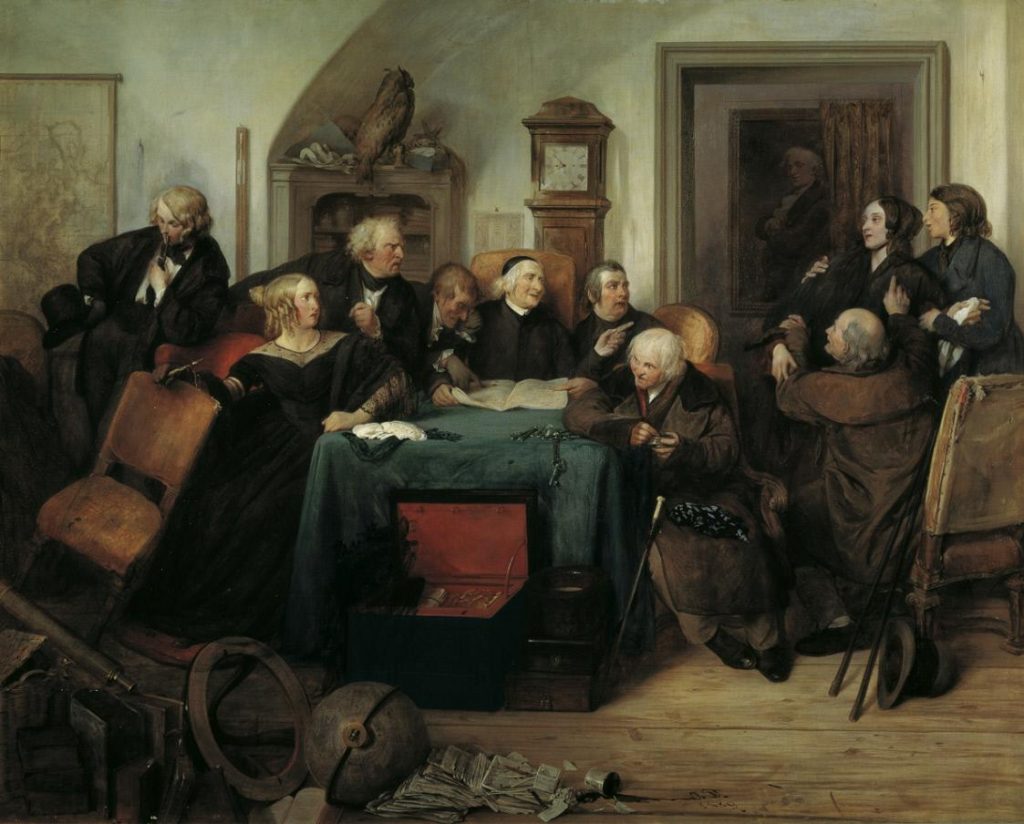
In Josef Danhauser´s Opening of the Will (1839) there is a splendidly indignant legacy hunting widow (as well as, presumably, her no less innerly deleted lover who sees his hopes dashed behind her), the most beautiful teenage boy accompanying the lucky, innocent heir under the auspices of the deceased devisor (obviously an otherworldy, good-natured scientist or man devoted to a greater cause) – and look, as a signature of mastery and of a receptive mind, how the light is reflected at the floor clock (and also at the keys on the table)!
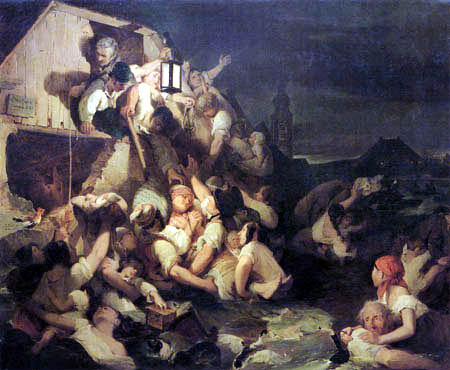
Empathy provoking, like many of Peter Fendi´s paintings, is his Scene from the Deluge of 1830 (1830), which refers to a dramatic flooting which took place in February 1830 in Vienna. In his dramatic scenery there are people trying to help others or to help themselves, crying for help, or drowning. The young woman with the red headscarf at the right, the drowned maid at the left, behind her another young woman trying to save a child, among other figures, make the abstract horror tangible. The whole scenery is an illuminated triangle (by the lantern), in the background you can (barely) see the Church of St. Leopold, in the interior of the house which is cracked open at the left you can see (when looking especially close) an icon with the eternal light as a, somehow, enigmatic comment.
Personal drama you have in Francesco Hayez´ Secret Accusation (1847): via the barely controlled inner turmoil you have a strong narrative element, a face that indicates a thousand words, you have colour, a clever handling of light and, via the slightly protuberant breasts, eroticism and a prophecy of eruption in general.

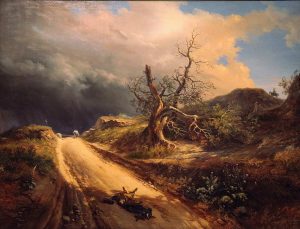

In Massimo d`Azeglio´s Vendetta (1835) you have an interplay of drama, vividness, wildness, temper, romanticism, morbidity and, seemingly, a final resolution into cosmic indifference concerning the entire scene and the nature it is set into.
Piety, relating to an intellectually and ethically superior instance, you have, of a collective of people embedded in nature, in Josef Höger´s Chapel in the Forest (1835), and of the devoted individual of Waldmüller´s Girl decorating the Mother of God with a Rose (1836).
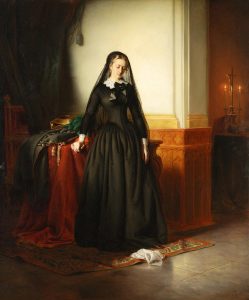
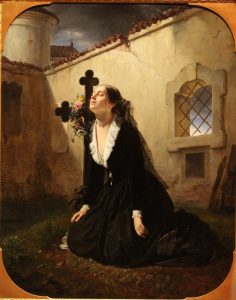
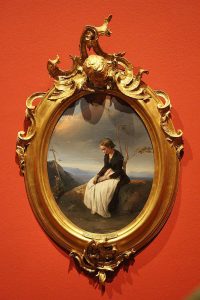
The resignated (or resentful) mournfulness of Joszef Borsos´ Widow (1853), and the painting in itself, is somehow enigmatic and intransparent, open to interpretation, respectively, since all the interpretations remain open, creates an atmosphere of thoughfulness; in contrast to Giuseppe Molteni´s young woman viscerally Deeply Saddened about the Loss of the Beloved (1850); touching and thoughtful are both paintings, with Moltani primarily touching the empathy of the heart and Borsos primarily touching the empathy of the mind; in Molteni´s you have a striking luminosity of the black dress which you will remember forever (and which would have provoked the recognition, perhaps the envy of Ad Reinhardt).
Domenico Induno´s Melancholia (1849) shows a careworn, crestfallen girl with rumpled hair (which was maybe cut off violently), you sense that her depression and inactivity, her being made mute by external circumstances is an active, multifaceted inner process with resentment and anger becoming prevalent, although the unusual oval form of the painting indicates a condition encircled in itself and in its own hopelessness – it portrays not only a personal situation but also the mourning about a heteronomous, defeated Italia, respectively, maybe, the insulted Italia herself.

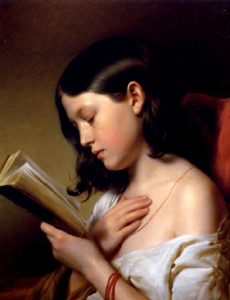

Franz Eybl´s Girl Reading (1850) is of above average but not of splendid beauty which makes her even more beautiful since due to this she becomes tangible, and look at the masterful reflection of light in her black hair, the a bit unreal and eccentric but underlining portrayal of the book pages (i.e. a girl holding a book in a specifically lucky moment), the dress falling from her shoulder provoking an interplay of the nuances between the aesthetic, the sensual and the erotic. Delicious is how her hand is reflected in the leather binding of the book and, in general, the soft contours due to use of a contuser. Johann Baptist Reiter´s Boy Reading (1860), beautiful as he is, magnificent the reflection of light, he both seems to be dazzled by the enlightening content as well as somehow autonomous in relation to it, he gets impressions and maybe he accumulates and forms thoughts in his mind, maybe a young genius (not as somehow pious like Eybl´s girl, though there is also a somehow sovereign distance between the book and the girl).
Leonie Gräfin Lanckoronska, as portayed with her son Karl by Karl von Blaas (in 1852) has a somehow interesting, slightly marked and idiosyncratic face (where what is interesting is that it is slightly marked, a decent aberration from the norm, the markedness and idiosyncracy is suggested and does not come in vulgar opulence – which I find very good, since the small thing, not the vulgarly opulent one is the locus of truth and beauty, and where the universal whole becomes tangible (or so)).
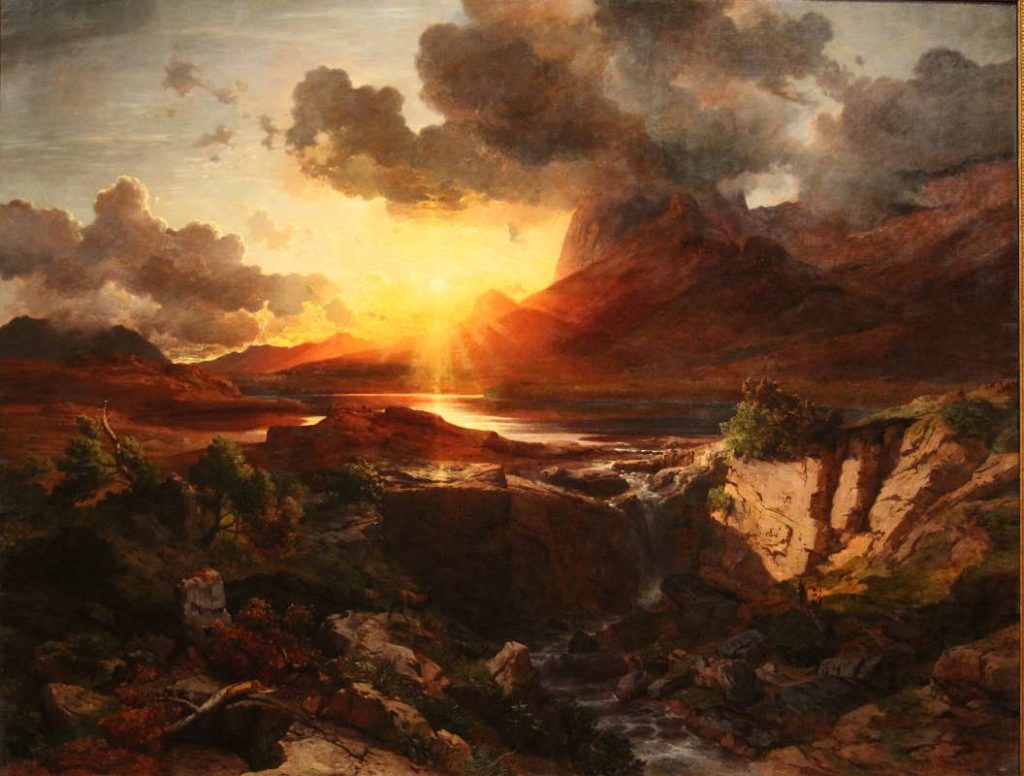
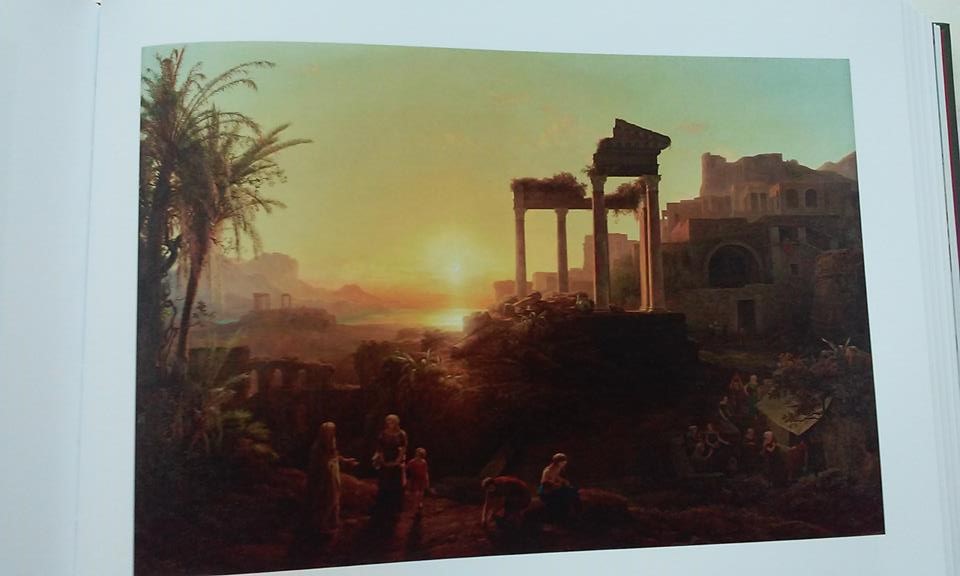 Karoly Markó´s Southern Landscape with Sunset (1847) and Albert Zimmermann´s Sunset at Hintersee in Berchtesgarden (1858) are ideal, transhistorical landscapes.
Karoly Markó´s Southern Landscape with Sunset (1847) and Albert Zimmermann´s Sunset at Hintersee in Berchtesgarden (1858) are ideal, transhistorical landscapes.
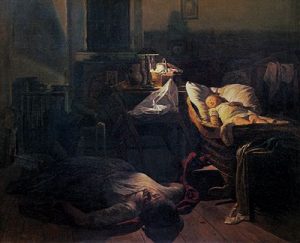 Finally, you proceed to Waldmüller´s charming scenes depicting people and children from the countryside, symbolising the natural and the innocent (and, of course, particularly provoking criticism about suggested lack of critical attitude; Waldmüller, however, did make social commentary as well, and with Exhausted Strengh (1854), portraying the situation of single mothers, it comes in in a striking, upsetting way). Waldmüller is depicting people in characteristic moments, his paintings are particularly dynamic. As probably the most eminent artist of his time in Vienna he was exploring new horizons in art, depicting people and scenery in natural light, which caused anger and irritation, respectively envy and hostility among the academics due to which he fell from grace later in life and was rediscovered only at the turn of the 20th century as the master painter of that period. The most breathtaking example of his mastery of his later period may be Country People Resting (1859) where every inch of the painting is perfect; and especially in the trees in Early Spring in the Vienna Woods (The Violet Pickers) (1861) you seem to have an anticipation of Klimt and Schiele.
Finally, you proceed to Waldmüller´s charming scenes depicting people and children from the countryside, symbolising the natural and the innocent (and, of course, particularly provoking criticism about suggested lack of critical attitude; Waldmüller, however, did make social commentary as well, and with Exhausted Strengh (1854), portraying the situation of single mothers, it comes in in a striking, upsetting way). Waldmüller is depicting people in characteristic moments, his paintings are particularly dynamic. As probably the most eminent artist of his time in Vienna he was exploring new horizons in art, depicting people and scenery in natural light, which caused anger and irritation, respectively envy and hostility among the academics due to which he fell from grace later in life and was rediscovered only at the turn of the 20th century as the master painter of that period. The most breathtaking example of his mastery of his later period may be Country People Resting (1859) where every inch of the painting is perfect; and especially in the trees in Early Spring in the Vienna Woods (The Violet Pickers) (1861) you seem to have an anticipation of Klimt and Schiele.

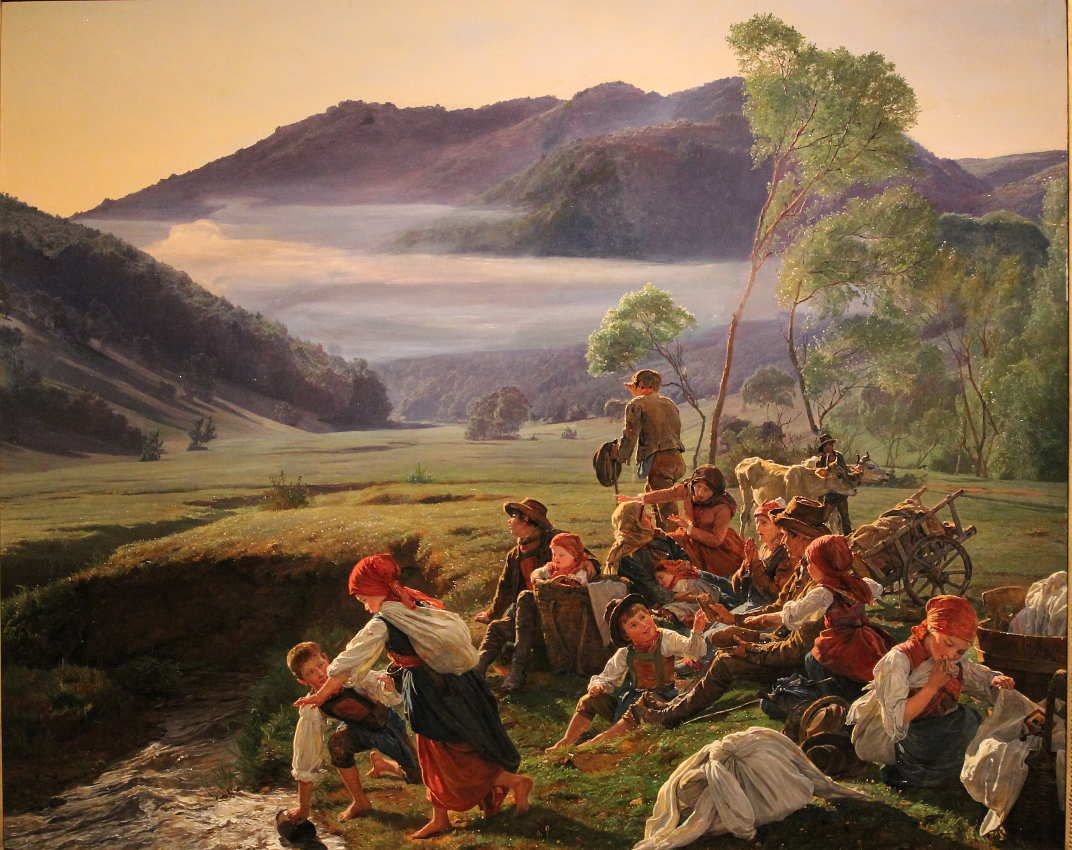 Aaahhhh… how rührselig, how sentimental, all that! But that´s how, at least, I am, rührselig, and sentimental, and I like it that way. I think all problems in the world, about which people commonly like to mourn, without usually ever being interested or able to get a clear idea about their nature, and why they evolve, could be solved – or at least taken to another level of problem solving capability – within minutes with everyone being considerably more like that. If the question Is that Biedermeier? does not make you revolve a lot, you´re as good as dead. You may think you´re cooler than Biedermeier, but you are not.
Aaahhhh… how rührselig, how sentimental, all that! But that´s how, at least, I am, rührselig, and sentimental, and I like it that way. I think all problems in the world, about which people commonly like to mourn, without usually ever being interested or able to get a clear idea about their nature, and why they evolve, could be solved – or at least taken to another level of problem solving capability – within minutes with everyone being considerably more like that. If the question Is that Biedermeier? does not make you revolve a lot, you´re as good as dead. You may think you´re cooler than Biedermeier, but you are not.
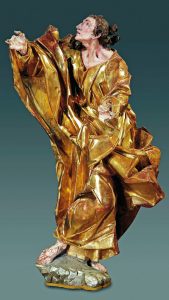
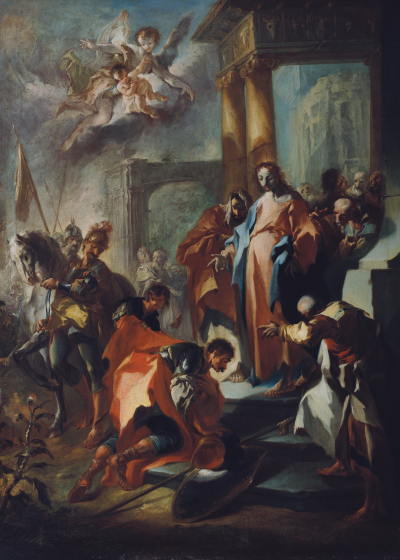 I don´t want to sweep it under the table that Maulbertsch´s paintings did not immediately strike me that much at first glance at the exhibition, also since I was more focused on Pinsel. I had never heard of Maulbertsch before and I found his paintings, though idiosyncratic, a bit irritating. Though that´s what they actually are and I did not have a lot of knowledge about Baroque painting before it tought me a lesson in humility I shall never forget. I did not recognise a fellow genius on the spot and his magic had to be explained to me! (However I bought a book about him and borrowed a big, comphrehensive, a sort of ultimate book about him at the library afterwards.) Remember that Otto Weininger, who probably was the greatest genius of all time and had the most penetrating (though occasionally misguided) intellect and intellectual empathy of all said, that the philospher needs to refrain to think that the symbols of the artist may easily to be deciphered. In trying to do so, the philosopher needs to be careful and prudent. I also don´t want to sweep it under the table that Maulbertsch remains a bit of a mystery to me, genius means objective subjectivity, in the case of Maulbertsch the subjective element seems to dominate excessively above the objective element (but that´s what easily may be the fate of the late comer in an era). Despite that it may be that I will happen to take a look and study the paintings of Maulbertsch more often than those of, for instance, Titian. I also find Maulbertsch´s depictions of Mary´s ascension to heaven cooler than that of Titian, and his Mary more gracious and lovely (unfortunately I could not find a lot of them on the internet).
I don´t want to sweep it under the table that Maulbertsch´s paintings did not immediately strike me that much at first glance at the exhibition, also since I was more focused on Pinsel. I had never heard of Maulbertsch before and I found his paintings, though idiosyncratic, a bit irritating. Though that´s what they actually are and I did not have a lot of knowledge about Baroque painting before it tought me a lesson in humility I shall never forget. I did not recognise a fellow genius on the spot and his magic had to be explained to me! (However I bought a book about him and borrowed a big, comphrehensive, a sort of ultimate book about him at the library afterwards.) Remember that Otto Weininger, who probably was the greatest genius of all time and had the most penetrating (though occasionally misguided) intellect and intellectual empathy of all said, that the philospher needs to refrain to think that the symbols of the artist may easily to be deciphered. In trying to do so, the philosopher needs to be careful and prudent. I also don´t want to sweep it under the table that Maulbertsch remains a bit of a mystery to me, genius means objective subjectivity, in the case of Maulbertsch the subjective element seems to dominate excessively above the objective element (but that´s what easily may be the fate of the late comer in an era). Despite that it may be that I will happen to take a look and study the paintings of Maulbertsch more often than those of, for instance, Titian. I also find Maulbertsch´s depictions of Mary´s ascension to heaven cooler than that of Titian, and his Mary more gracious and lovely (unfortunately I could not find a lot of them on the internet).
